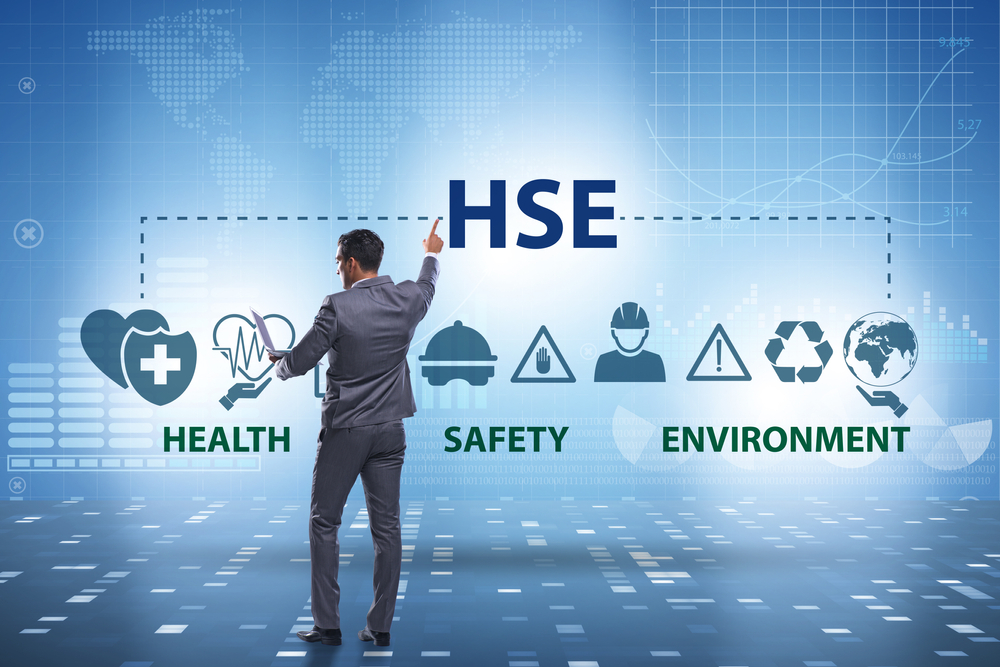If you are reading this from a comfy chair, deep within the health and safety department of a large organisation you would be forgiven for looking at the title and saying “well of course it is!”, yet the numbers suggest otherwise. According to the International Labour Organisation (ILO) in 2016 work related diseases and injuries resulted in the deaths of 1.9 million people worldwide. Let that sink in for a minute! That’s the population of Birmingham, Leeds and my home city of Newcastle lost every year to utterly preventable work related deaths.
An oversight?
Yet incredibly the ILO only decided to include “a safe and healthy working environment” into its fundamental principles and rights at work in June 2022! An oversight? Well, no – the ILO have been passionately championing health and safety through their conventions and recommendations for decades. A while back, as I was developing course materials for the NEBOSH International Diploma for RRC (did you see what I did there, it’s a great course!). I noticed how few countries had ratified the main conventions relating to health and safety. For example, if you look at the Occupational Safety and Health Convention C155, this has been ratified (agreed) by only 76 of the 187 member states. Less than half have signed on the line to accept the principles contained within it, such as the need to “ensure that, so far as is reasonably practicable, the workplaces, machinery, equipment and processes under their control are safe and without risk to health”. Things that we take for granted in many countries.
Looking at the list
Being an unashamed nerd I studied the list of member states that had ratified C155. Then I challenged my geography to identify those “guilty parties” who had not signed up to such an important convention. I did identify a few who are, shall we say, not famed for their health and safety standards. But I then started to identify those who were perhaps more of a surprise. And I found that the UK, Austria, Germany, Italy, France and the USA sat on the naughty list. I then also found a list of “countries that have not ratified C155” on the ILO website. And my Geography quiz was over. But looking at the list it was clear that the list wasn’t only member states with questionable safety reputations, but also members with high standards. Some would say members who set the standards on health and safety. If you want to join me in nerdiness the full list is at Countries that have not ratified this Convention (ilo.org).
Why did the ILO include “a safe and healthy working environment” in its fundamental principles?
So this brought me back to the present day and why the ILO had felt that despite decades of work, it was still necessary to include “a safe and healthy working environment” in its fundamental principles. Well, clearly asking member states to sign up to a binding agreement hasn’t worked, we have seen that. So in a rather nifty move the ILO has voted to take the decision out of the hands of the members. The inclusion of C155 (Occupational safety and health convention) and the even less ratified C187 (Promotional framework for occupational safety and health convention) as “fundamental conventions” means that provision of a safe and healthy working environment is a condition of ILO membership, regardless of whether the conventions have been ratified. Saying “no thank you” to the conventions is not an option, the principles apply now regardless.
What difference will this make?
Well to countries like the UK, those in the EU and the USA with highly developed health and safety laws, probably not much. Safety is enshrined in law at national level already conventions. I saw nothing in C155 for example that was contentious when viewed through a UK lens. It all felt rather “familiar” and therefore there was little need to ratify the conventions. Other than perhaps to lead by example. But for some of the other members on the list (who remain nameless), this could perhaps be the push that is needed to drive safety to the front of the minds of their governments. In return for cooperation with the fundamental principles, the ILO will “assist its Members, in response to their established and expressed needs, in order to attain these objectives by making full use of its constitutional, operational and budgetary resources, including, by the mobilisation of external resources and support.” (see wcms_716594.pdf (ilo.org))
What does this mean to employers?
So, that’s what it means at governmental level, what does this mean to employers? Well, in my simplistic view if employers just initially take steps to protect workers within their supply chain networks that will make a colossal difference. Wherever you are in the world, sadly safety standards are easily reduced when times are hard. Globally most organisations are feeling the pinch at the minute. By reinforcing the importance of safety standards, by not shopping for the fastest job at the lowest price and by not cutting suppliers margins to the bone we can hope that there is the financial support for safety improvements. As the safety tendrils weave their way into the global supply chain network the safety message will be felt far and wide. Invest in a quality product, pay a fair price and allow organisations to invest in safety. And actively encourage them to do so. Be part of the race to the top of the safety ladder, metaphorically, of course, as work at heights should be avoided where possible, and safer access equipment is available.

Zoe Neasham
RRC Lead Tutor
